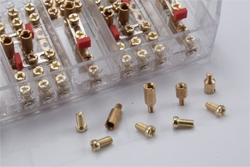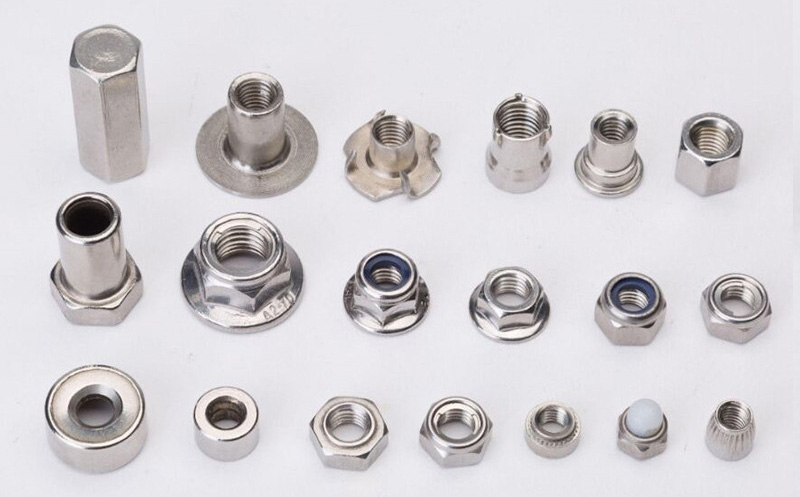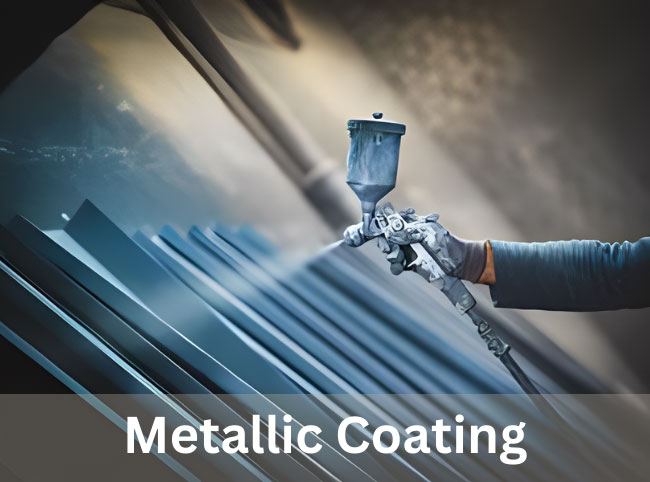
Metal Coating Process
Metal Coating Process
Regardless of the type of coating technique selected, the metal coating process typically unfolds in a series of meticulously executed steps. Each of these steps plays a pivotal role in ensuring the coating is applied correctly and can provide the expected level of performance and protection:
Preparation
The first, and perhaps most critical, step is preparation. It includes thorough cleaning and the removal of any rust, old paint, or other contaminants from the metal surface. This comprehensive cleaning process ensures that the coating adheres properly, forming a uniform and durable protective layer.
Various techniques like abrasive blasting, chemical cleaning, or ultrasonic cleaning can be employed depending on the type and extent of contamination on the metal surface.
Application
Following the preparation, the metal coating is applied. The specific process for this step varies depending on the chosen coating technique. It could involve immersing the metal component in a coating solution, a practice common in electroplating and hot-dip galvanizing.
Alternatively, it could entail spraying the component with a coating material or applying a polymer-based powder, as in the case of powder coating.
Curing
After the application, the coating needs to cure – a critical phase that allows the coating to harden and adhere securely to the metal surface. Depending on the type of coating used, the curing process may involve exposure to heat, as in powder coating, or ultraviolet light in certain paint coatings.
During this phase, the coating thickness must be carefully monitored to ensure optimal performance. Too thin a layer may not provide adequate protection, while an overly thick layer could lead to cracking or other defects.
Throughout these steps, quality control is of paramount importance. By carefully monitoring each stage of the process, manufacturers can ensure the integrity of the metal coating and, by extension, the reliability and durability of the coated metal component.
Each stage, from surface preparation to curing, plays a vital role in crafting a protective layer that can shield the metal from corrosion, enhance its functionality, and elevate its aesthetic appeal.












_1.jpg)
















